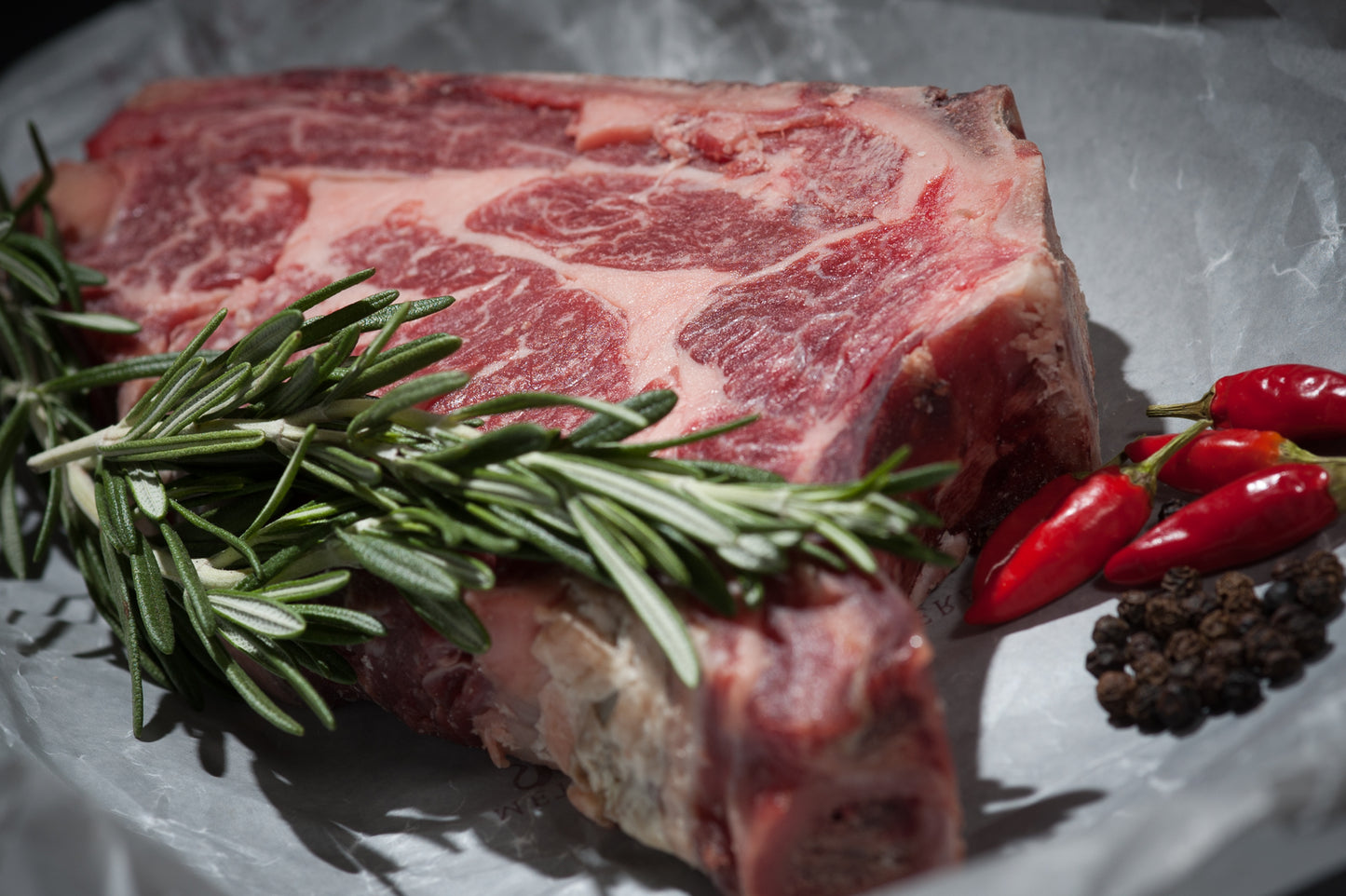
For many of us, approaching middle age can be a wake-up call when it comes to health. As we get older, adopting a healthier lifestyle is more important than ever, especially when it comes to diet! Not only do the foods we eat affect our weight and risk of heart disease and other health issues, but a growing amount of research links diet, and animal proteins in particular, to cancer.
What is IGF-1?
Insulin-like growth factor (IGF-1) is a hormone found in the blood. IGF-1 serves a number of purposes, mainly to regulate growth hormone in the body. In children, IGF-1 plays an important role in tissue and bone growth. As we age and growth starts to level off, IGF-1 levels should decrease. But that doesn’t always happen. When IGF-1 continues to increase, the excess grows into something else—an increased risk of cancer.
IGF-1 and Cancer
Numerous studies have shown us that too much IGF-1 as an adult can contribute to an increased risk of several types of cancer. In a major study that followed 32,842 women over the age of 40 found that those with the highest levels of IGF-1 were two and a half times as likely to develop colorectal cancer than those with lower levels. The risk of breast cancer in women with high IGF-1 also doubled.
Men are not immune to the cancer risks of IGF-1, either. A similar study on nearly 15,000 men showed that the likelihood for developing colorectal cancer was four times greater for those with high IGF-1 levels. The likelihood of developing prostate tumors also increases.
Doctors believe that IGF-1 contributes to cancer risk because, as a growth hormone, its primary function is to make things grow. While this is great in kids who want to grow up to be big and strong, it’s not great for adults. IGF-1 facilitates growth and migration in cancer cells, potentially causing the cancer cells to spread into other areas of the body.
The Benefits of IGF-1
But don’t be too hasty to think that IGF-1 is always bad news for adults. Studies in older adults (65+) have shown that injections of IGF-1 can help counter some of the effects of aging. For older women with osteoporosis or bone fractures, IGF-1 injections significantly increase bone formation and bone healing. Studies have shown positive effects on men, too. One study showed that men between the ages of 61 and 81 who received IGF-1 injections three times a week increased their muscle mass and skin thickness while decreasing body fat. Despite the promising effects of IGF-1 injections in older adults, the risk of cancer is still there. Experts recommend it only be given to those who have a deficiency.
What Affects IGF-1 Levels?
There are a number of different conditions that influence IGF-1 levels, including:- Acromegaly. People with this disease have enlarged hands and feet, a common sign of too much IGF-1.
- Laron Syndrome. A resistance to IGF-1 can result in abnormally short stature.
- Liver disease. Over 90% of IGF-1 comes from the liver, and low levels of IGF-1 may be an indication of cirrhosis of the liver.
- Hypothyroidism. Low IGF-1 levels have been linked to underactive thyroid activity.
- Diabetes. Studies have shown a link between lower IGF-1 levels and diabetes.
- Genetics. Your genes may also affect your IGF-1 levels.
- Diet. Food affects just about every aspect of health, so it’s not surprising that it can also influence IGF-1 as well. Protein, high calorie foods, and dairy products have been linked to increases in IGF-1.
The Power of Plants
Luckily, not all proteins are created equal. While protein and higher IGF-1 levels are linked, it’s the type of protein you eat that matters, not the amount. In this fascinating study, researchers followed 6,000 people aged 50 and older for 18 years. Those who ate a diet heavy in animal proteins (more than 20 percent of daily calories coming from foods like meat, cheese, and eggs) were more than four times as likely to die of cancer than those who ate a low protein diet—the same likelihood of dying of cancer as someone who smokes. However, the increased IGF-1 levels were only associated with animal proteins. Diets heavy in plant proteins did not negatively affect IGF-1 levels; in fact, people who consumed mostly plant proteins not only had fewer IGF-1 levels, but their levels actually decreased. Researchers believe that the protein composition in plants, which is different from the protein in animals, doesn’t stimulate growth hormones at the same rate.
More Plants = Better Health
What does that mean? Cutting your risk for cancer can actually be as easy as cutting the amount of animal proteins you eat from your diet. But don’t worry—you don’t have to swear off your favorite cheeseburgers once you approach middle age. (In fact, researchers have found that increased protein intake for people over the age of 65 actually decreases the risk of dying in cancer, as it helps older individuals maintain a healthy weight and protect them against becoming more frail.) When it comes to incorporating plant proteins into your diet, even a little goes a long way towards better health. This study (which followed a whopping 469,339 men and women) found that increasing your plant protein intake by just 3% lowered bladder cancer risk by 23%.
Making Room for Plant-Based Proteins
If you’re more motivated than ever to add more plant-based proteins to your diet, the good news is that it’s pretty easy. How much protein do you need? Doctors and dietitians recommend consuming 0.8 grams of protein per kilogram of body weight each day (at minimum), with most of these calories coming from plant proteins. Some of the best sources of plant proteins (and the easiest to incorporate into your daily diet!) include:- Edamame. At 18 grams of protein per cup, this is a much healthier appetizer option than the bread basket!
- Tofu. This vegetarian staple contains up to 15 grams of protein per serving. Tofu also takes on the flavors of the foods it’s cooked with, so the options for preparing it are endless.
- Plant protein powders. Is there any better way to start the day than with a smoothie loaded with fruits, veggies, and plant protein powder? Plant-based protein powders are also an easy way to add healthy proteins to baked goods, like pancakes or muffins.
- Beans and chickpeas. Another great source of protein, beans and chickpeas can easily be added to salads or soups for a healthy dose of protein. Chickpeas are also the primary ingredient in hummus, making it the perfect dip for veggies or pitas.
- Lentils. Both filling and rich in protein, lentils can be eaten plain, added to soups or fresh salads, or seasoned. Just one cup of lentils provides 18 grams of protein.
Approaching middle age doesn’t have to mean you’re doomed to cancer or poor health. Taking control of your diet—and health—can be as easy as eating more plant-based proteins.
Written By: Jill Overmyer Reviewed and Edited By: Scarlett Full, in-house Registered Dietitian
